Disaster Satellite
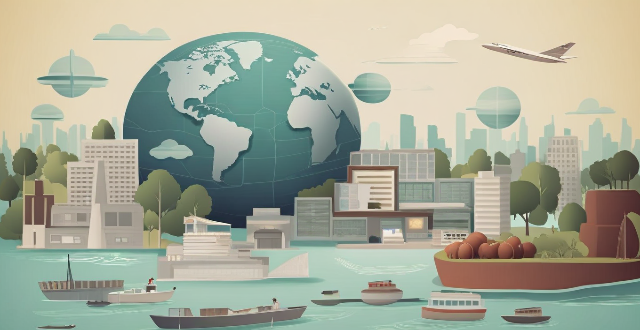
How can satellite communication be used for emergency response and disaster relief ?
Satellite communication is critical in emergency response and disaster relief, offering global coverage, high availability, scalability, and multipurpose use. It enables immediate alerts, coordination, resource deployment, and medical assistance during emergencies. In disaster relief, it aids damage assessment, information dissemination, infrastructure recovery, and aid distribution. Key technical aspects include satellite phones, VSAT terminals, and data collection through sensors. Proper logistics such as training, maintenance, and partnerships with service providers are crucial for effective utilization. Satellite communication significantly enhances the capability to respond to natural disasters and emergencies, reducing their impact on lives and properties.
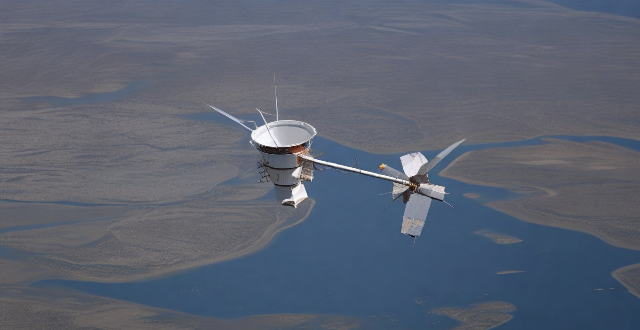
What is a communication satellite and how does it work ?
Communication satellites are vital for global telecommunication, relaying signals for phone calls, internet data, and TV broadcasts between Earth-based stations. They operate by receiving, amplifying, and retransmitting signals from one location to another through a series of steps involving transmission, reception, amplification with frequency conversion, and retransmission. Most occupy geostationary orbit to maintain a fixed position relative to Earth, simplifying ground station antenna targeting. These satellites cover extensive areas, support diverse applications like broadcasting and emergency response, and often form part of larger networks ensuring global connectivity. Their role is crucial in international business, disaster relief, and personal communications worldwide.

What is disaster risk management ?
Disaster risk management (DRM) is a comprehensive approach aimed at reducing the impact of natural and human-made disasters on communities. It involves understanding, assessing, and reducing risks through prevention, preparedness, response, and recovery strategies. The goal is to ensure that people's lives and livelihoods are not compromised by disaster events. Key components include risk assessment, hazard mitigation, early warning systems, emergency planning, community education, immediate action, coordination, rehabilitation, reconstruction, and sustainable development. Best practices involve multi-stakeholder collaboration, gender sensitivity, use of technology, inclusive planning, and regular review and updating. Challenges include limited resources, political will, information gaps, and cultural differences. Effective DRM requires a multifaceted approach that considers social, economic, and environmental factors.

What are the challenges faced in satellite communication ?
Satellite communication faces challenges such as atmospheric effects, physical obstructions, technical limitations, economic factors, regulatory issues, environmental impacts, security concerns, geopolitical factors, technological advancements, and natural disasters. These challenges highlight the need for innovation and improvement in maintaining reliable satellite communication networks.

How can satellite communication improve global connectivity ?
Satellite communication has revolutionized global connectivity by providing increased coverage, high-speed internet access, cost-effective solutions, enhanced disaster recovery efforts, and improved education and healthcare services. It also facilitates international trade and business operations by enabling instantaneous communication across borders.

What is satellite communication and how does it work ?
Satellite communication is a method of transmitting information over long distances using artificial satellites. These satellites orbit the Earth and act as relay stations, receiving signals from one location and transmitting them to another. The process involves a transmitter sending a signal to a satellite, which then retransmits it to a receiver on Earth. This technology has revolutionized global communications, allowing people to connect with others across the world in real-time.

How can satellite communication be used in remote areas ?
Satellite communication is essential for connecting remote areas with services and information. Benefits include wide coverage, high availability, and flexibility. Applications in education, healthcare, disaster response, agriculture, connectivity, and environmental monitoring improve quality of life and access to resources.

Can you give examples of best practices in disaster risk management from different countries ?
Disaster risk management is a crucial aspect of ensuring the safety and well-being of communities worldwide. Here are some examples of best practices in disaster risk management from different countries: Japan is known for its advanced earthquake preparedness and response systems, including an early warning system, regular drills and training, and strong building codes. The United States has a well-established emergency management system that includes community preparedness programs, an integrated emergency management system, and public awareness campaigns. Norway has developed an early warning system for landslides, flood forecasting models, and avalanche mitigation strategies to protect against natural disasters. India has implemented a cyclone preparedness program, flood forecasting and early warning systems, and earthquake-resistant construction techniques in high-risk areas.

What are the costs associated with implementing satellite communication systems ?
The text discusses the costs involved in implementing satellite communication systems, including design and development, manufacturing and production, launch and deployment, operational, and decommissioning expenses. It emphasizes the need to consider these costs throughout the system's lifecycle to determine its feasibility and profitability.

What are the latest advancements in satellite communication technology ?
Satellite communication technology has seen significant advancements in recent years, including high-throughput satellites (HTS) offering increased bandwidth and improved coverage, low Earth orbit (LEO) satellite constellations providing global coverage with low latency, 5G integrated satellite systems enhancing connectivity and capacity, and quantum satellite networks enabling secure long-distance transmission. These developments are revolutionizing global communication by offering faster speeds, broader access, and enhanced security.
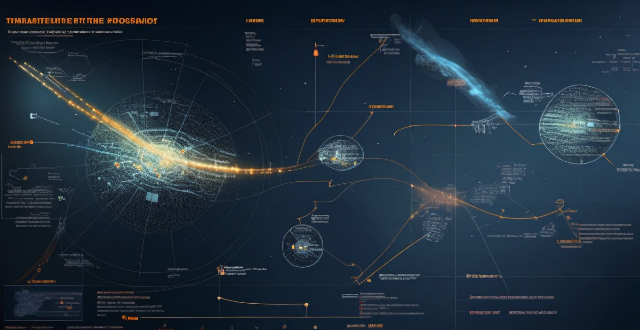
How do communication satellites contribute to disaster response and relief efforts ?
Communication satellites are vital for disaster response and relief efforts, providing real-time information, surveillance, coordination, emergency communications, and aiding search and rescue operations. They enable quick decision-making and efficient resource allocation during emergencies.

How does satellite communication compare to other forms of communication ?
Satellite communication offers global coverage, high capacitySatellite communication offers global coverage, high capacity higher latency and initial costs and reliability but has higher latency and initial costs compared to terrestrial and wireless communication. Terrestrial communication provides lower latency and moderate reliability at a lower cost, while wireless communication offers convenience and portability at a variable cost. Satellite communication is suitable for remote areas and sensitive applications due to its security features.

What are the latest advancements in communication satellite technology ?
The latest advancements in communication satellite technology include high-throughput satellites (HTS), low Earth orbit (LEO) satellites, and software-defined networking (SDN) and network function virtualization (NFV). HTS offers increased capacity, faster internet speeds, and improved coverage. LEO satellites provide reduced latency, improved signal strength, and global coverage. SDN and NFV enable centralized management, flexibility, scalability, and improved security. These technologies are transforming the way we communicate across the globe.

What role does technology play in modern disaster response and recovery ?
Technology plays a vital role in modern disaster response and recovery by enhancing early warning systems, improving communication and coordination, and enabling efficient data collection and analysis.

What are the benefits of using satellite communication ?
Satellite communication offers numerous benefits including global coverage, reliability, high-speed data transfer, flexibility, cost-effectiveness, and scalability. It is particularly useful for industries requiring global connectivity, emergency services, and businesses in remote locations. Despite higher initial setup costs, the long-term benefits often outweigh the expenses.

How can I prepare myself to give effective first aid in case of a natural disaster ?
To prepare for effective first aid in natural disasters, it's important to get educated and trained in basic life-saving techniques, assemble a well-stocked emergency kit, maintain personal health, engage in community preparedness efforts, and stay informed through reliable sources. This comprehensive approach ensures readiness to handle medical needs during disasters and enhances overall resilience.
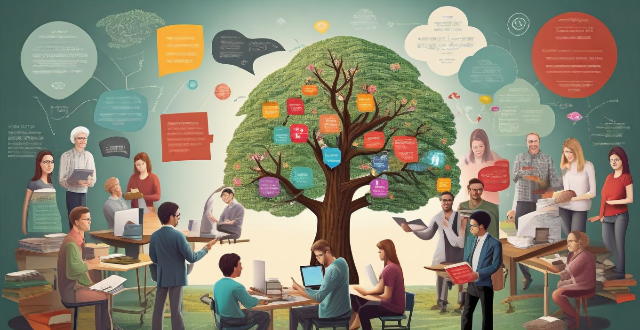
How important is public awareness and education in the context of disaster risk management ?
Public awareness and education are vital in disaster risk management, enhancing community preparedness, reducing vulnerabilities, promoting resilience, and encouraging community engagement. Examples like Hurricane Katrina and the Japan Earthquake and Tsunami highlight the importance of these initiatives in saving lives and minimizing damages during disasters.

What are the common challenges faced while implementing disaster risk management plans ?
Disaster risk management plans are essential for organizations and communities to prepare for, respond to, and recover from disasters. However, implementing these plans can be challenging due to various factors such as limited resources, lack of awareness and preparedness, coordination and communication issues, legal and regulatory constraints, unpredictable nature of disasters, inadequate technology and infrastructure, cultural differences and perceptions, and lack of trust in government institutions.
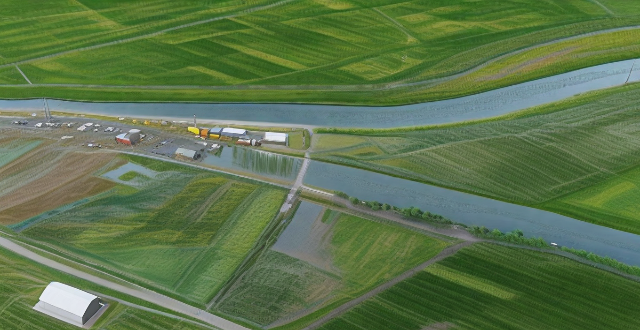
How can climate data analysis help in disaster risk reduction and management ?
Climate data analysis is crucial for disaster risk reduction and management. It helps identify high-risk areas, predict future weather patterns, develop mitigation strategies, and enhance disaster response and recovery efforts. By analyzing past and current climate data, we can better prepare for and respond to natural disasters such as floods, hurricanes, wildfires, and droughts.

How do communication satellites improve global connectivity ?
Communication satellites play a crucial role in enhancing global connectivity by providing reliable and high-speed internet access to remote areas, facilitating international communication, and supporting various applications such as telemedicine, e-learning, and disaster management. They cover vast geographic areas, including mountainous regions, deserts, and oceans, where traditional infrastructure is not feasible or cost-effective. Satellite internet services can be deployed quickly, often within days or weeks, compared to months or years required for terrestrial networks. They enable seamless communication across national borders, fostering global cooperation and collaboration. Newer generations of low Earth orbit (LEO) satellites reduce latency by orbiting closer to Earth, improving the speed and quality of international communication. Satellites facilitate telemedicine by providing real-time video conferencing between patients and healthcare professionals located far apart. They enable e-learning by connecting students in remote areas with educational resources and teachers around the world. During natural disasters or crises, satellites provide critical communication channels for emergency response teams and affected communities.

What are the benefits of using satellite technology for environmental monitoring ?
Satellite technology offers numerous benefits for environmental monitoring, such as wide coverage area, high temporal resolution, cost-effectiveness, objectivity and accuracy, multispectral imaging capabilities, real-time data accessibility, long-term data analysis, and global collaboration opportunities.

How does climate change affect disaster risk management strategies ?
The article discusses how climate change affects disaster risk management strategies. It explains that as the Earth's climate warms, extreme weather events such as hurricanes, floods, and wildfires are becoming more frequent and severe. This means that disaster risk management strategies must be adapted to address these new challenges. The article explores the increased frequency of extreme weather events, changes in agriculture and food security, and impacts on human health. It suggests that disaster risk management strategies should focus on improved forecasting, infrastructure improvements, evacuation planning, sustainable farming practices, crop diversification, food storage and distribution systems, healthcare infrastructure, public health education, and disease surveillance. By taking these steps, we can better prepare for and respond to natural disasters in a changing climate.
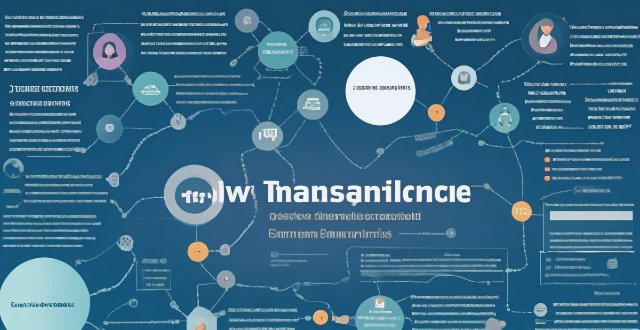
What role do technology and data analytics play in improving disaster risk management strategies ?
This article explores how technology and data analytics can be used to improve disaster risk management strategies. It discusses the identification of potential hazards, assessment of vulnerabilities and capacities, monitoring and early warning systems, response coordination and information sharing, and recovery planning and implementation. The article emphasizes that technology and data analytics play a crucial role in enhancing preparedness, response, and recovery efforts, and predicting future disaster events based on historical data.

What is the role of international organizations and cooperation in enhancing global disaster risk management ?
The text discusses the importance of international organizations in disaster risk management. It mentions their role in promoting cooperation, developing policies, coordinating resources, building capacity, advocating for risk reduction, and facilitating research. The text concludes that these efforts are crucial for creating a resilient world capable of withstanding natural disasters while minimizing loss of life and property damage.

How can climate services help in disaster risk reduction ?
Climate services play a crucial role in disaster risk reduction by providing essential information and tools that help communities, governments, and businesses to anticipate and respond to the impacts of climate change. These services encompass a range of activities, including weather forecasting, climate monitoring, and the development of early warning systems. Climate services contribute to disaster risk reduction through several strategies, including risk assessment, preparedness planning, early warning and response, and recovery and resilience building. By leveraging these services, societies can build resilience against the increasing challenges posed by a changing climate.

What is the relationship between climate finance and disaster risk reduction ?
Climate finance and disaster risk reduction are interconnected concepts that address the impacts of climate change. Climate finance provides funding for projects aimed at reducing greenhouse gas emissions and adapting to climate change, while disaster risk reduction involves strategies to minimize the potential impacts of natural disasters on communities and infrastructure. The relationship between the two lies in their shared goal of addressing climate change, with climate finance supporting disaster risk reduction through funding for adaptation measures, investments in vulnerable communities, promoting sustainable development, encouraging innovation, and strengthening institutional capacity.

How do insurance mechanisms support disaster risk management and recovery processes ?
Insurance mechanisms play a vital role in supporting disaster risk management and recovery processes, providing financial protection to individuals, businesses, and governments against the economic impacts of natural disasters. They encourage risk mitigation measures, offer financial protection through various policies, facilitate recovery and reconstruction, invest in catastrophe modeling and research, and create public-private partnerships to improve disaster preparedness and response.